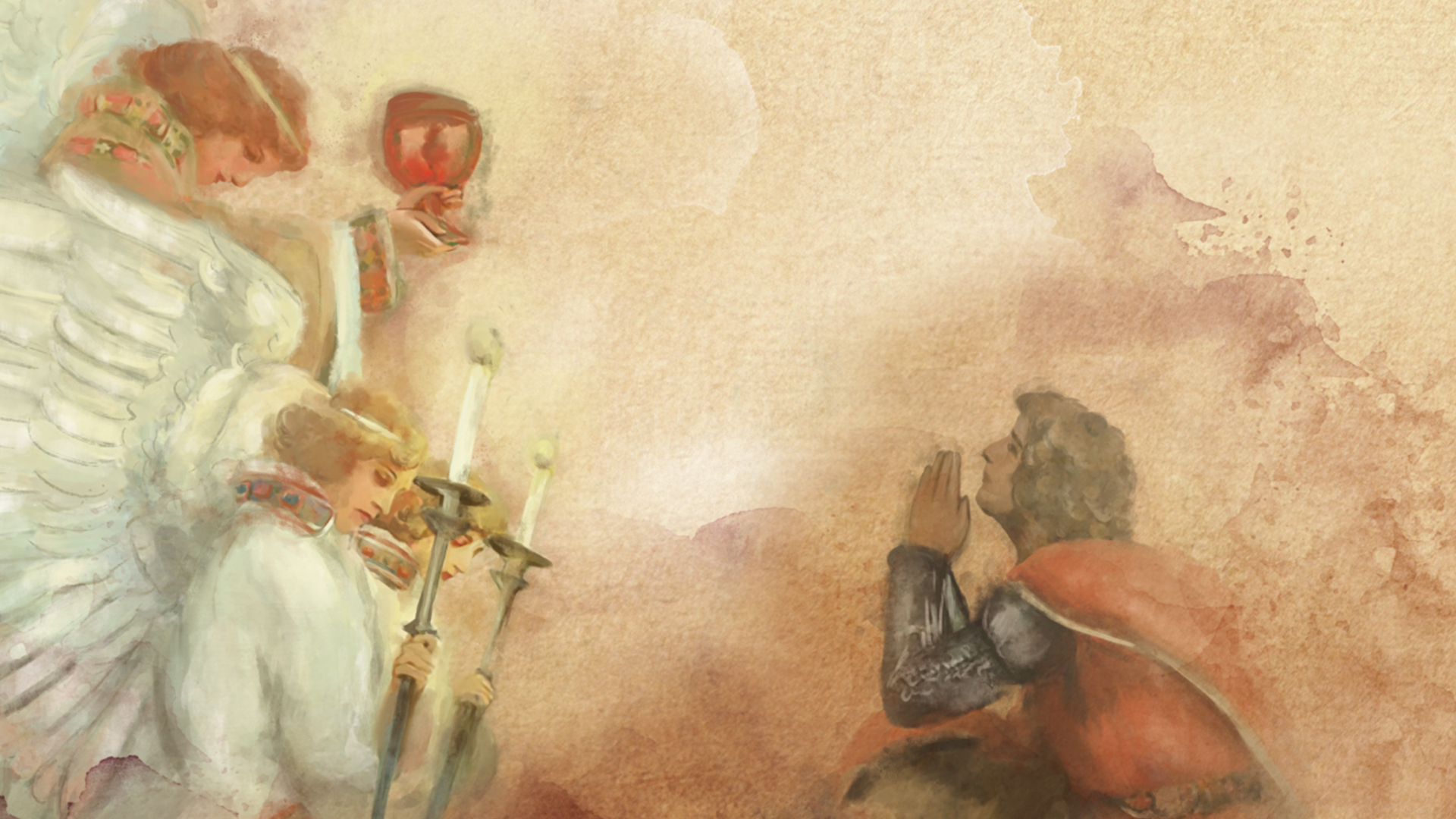The Holy Grail is the cup that Jesus Christ is said to have used during the Last Supper and from which his blood was collected during the crucifixion. This mystical object, which has fuelled myths and legends, is said to have special healing properties, among other powers. To this day, some Christian temples continue to claim ownership of this sacred relic, such as Valencia Cathedral, for example.
Linked to Rosicrucianism, Hermetic philosophy, alchemy, and freemasonry, the Holy Grail is a symbol linked to initiatory knowledge and the mysteries of the spiritual quest of traditions that predate the emergence of Christianity, such as, for example, in the Nordic countries. Most of the legends that emerged in the Middle Ages concern the crusades and the Knights Templar.
The main mythical narratives about the Holy Grail emerged during the 12th century through poets and troubadours such as Chrétien de Troyes, Robert de Boron or Wolfram von Eschenbach, who promoted a narrative which claimed that Joseph of Arimathea had brought the Holy Grail to England, where the first Christian temple in Europe was built. This legend also became connected to the story of King Arthur and the Knights of the Round Table, whose mission was to find the Holy Grail. For the Celts, the Holy Grail could be a magical cauldron of the goddess Ceridwen.
However, the most significant mythology associated with the Holy Grail is linked to the Knights Templar, knights who were also said to have sought this holy relic and who presumably kept and hid it.
According to these accounts, the Knights Templar discovered and protected the Holy Grail in Jerusalem, under the Temple Mount, where they had settled since its foundation. Its custody was the greatest secret entrusted to its members, who would also use it in their initiation rites. After the Templars ceased to exist, the relic was allegedly brought to France, and its presumed discovery was later linked to the Cathars.
Holy Grail
